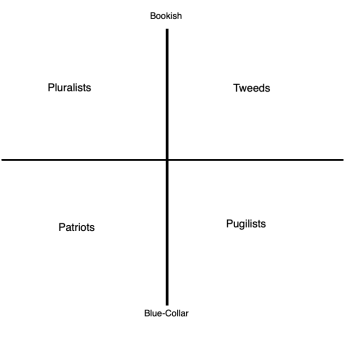 A few days ago, I ran across an interesting business article tracking the continued decline of cinema-based moviegoing in the U.S. That, in turn, made me ask myself why I love seeing films in proper theaters and don’t especially love the emerging trend of shunting new releases directly onto Netflix or Amazon Prime. Of course there are advantages of the emerging model—cost, convenience, accessibility to folks who don’t have the time or money to pay for a cinema outing—but I suppose at bottom, I go to the movies so often because I love having the opportunity to totally turn off the world, even just for a couple of hours.
A few days ago, I ran across an interesting business article tracking the continued decline of cinema-based moviegoing in the U.S. That, in turn, made me ask myself why I love seeing films in proper theaters and don’t especially love the emerging trend of shunting new releases directly onto Netflix or Amazon Prime. Of course there are advantages of the emerging model—cost, convenience, accessibility to folks who don’t have the time or money to pay for a cinema outing—but I suppose at bottom, I go to the movies so often because I love having the opportunity to totally turn off the world, even just for a couple of hours.
Most of my days, from the hours of roughly 7AM to 8PM, play out as a veritable symphony of emails and other digital notifications. Practicing law in D.C. involves receiving hundreds of emails on a daily basis (most of which are completely irrelevant), which in turn leads to a stop-and-start approach to tasks. Write a brief for 30 minutes…respond to the last slew of emails. Rinse and repeat. And on the weekends, work emails are simply replaced by a flood of messages from various group chats of which I’m a member.
This means that, when I’m sitting on my couch, I’m almost never really “off,” never really engrossed in what’s happening right in front of me. I can’t count the number of streaming TV shows and movies I’ve “half-watched” while doing something else, enjoying a steady flow of subconscious media consumption while my higher mental functions are largely directed elsewhere. Sometimes this is a plus (I don’t know that I could’ve made it through The Irishman without something mindless to do with my hands) but on the whole, it tends to blur artistic consumption and daily activity into a single undifferentiated habitus, a pattern of ingrained dispositions.
When I go to the cinema, all of that latent noise—both literal and psychological—stops. I’m fully present, fully attuned to what’s in front of me, at pain of being thrown out of the theater. The rest of the world yields, in favor of commitment to a single purpose, in a single space: experience what is in front of you.
It’s not hard to draw an analogy between this kind of thinking and the (infinitely weightier) context of Christian worship. As I’ve gotten older, I find myself placing more value on the physical act of going to church each week—even if, the morning after a Saturday night event, I don’t always want to. That’s because the service—in the midst of hectic and demanding weeks and constant attempts to seize my attention—is an opportunity to experience the infinitely fruitful stillness of the eternal God.
Beyond the straightforward arguments for going to church—the reception of the Sacraments, the need to hear the preaching of the Word, and the importance of assembling together with fellow believers—is one more: one’s physical presence at worship is an invitation into a space that excludes competing demands, diverting my focus and attentiveness toward higher things. I don’t check my phone during worship, put the service on pause to grab a snack, or step outside to take business calls. And that means that the Divine Service is, in the fullest sense, a sacred space: it is wholly “set apart” from the rhythms of everyday life. I won’t pretend my mind has never wandered during a sermon or a particularly long set of Communion hymns, but everything in the sanctuary—from the banners to the architecture—is nevertheless designed to always redirect my attention toward the One who both creates and transcends all finite things.
In The Power of Silence: Against the Dictatorship of Noise, Robert Cardinal Sarah—one of my favorite Catholic theologians—remarks that “[m]an controls his hours of activity if he knows how to enter into silence. The life of silence must be able to precede the active life.” As someone who puts a high value on productivity and time-maximization, I find that a fiendishly hard principle to internalize.
But that is no excuse for not doing so more often.












